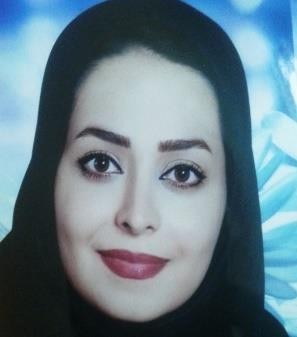
Maryam Mehdizadeh Hakkak
Ferdowsi University of Mashhad, Iran
Title: Optimization of regeneration and gus gene transferring in Kalanchoe blossfeldiana R.
Submitted Date: 04-07-2016
Biography
Maryam Mehdizadeh Hakkak has completed her Bachelor’s degree in Plant and MSc in Plant Biotechnology at Ferdowsi University of Mashhad in 2012 and 2015 respectively.
Abstract
Kalanchoe blossfeldiana R. is a pot plant with red, pink and white flowers and fleshy leaves. In this study, the effect of plant growth regulators were investigated on plant regeneration and then gene transferring was optimized. In the first experiment, three types of explants: Leaf, veins and petioles were used for regeneration and different concentrations of BA and Kin (0, 0.5, 1.5 and 3 mg/l) alone or in combination with NAA (0, 0.2 and 0.7 mg/l) were used for regeneration. Results showed that the highest number of shoots (47.33) and leaves (330.33) were obtained on MS medium supplemented with 1.5 mg/l BA and 0.7 mg/l NAA. Maximum length of shoots (1.7 cm) was obtained from petiole explants on MS medium supplemented with 1.5 mg/l BA and 0.7 mg/l NAA. Regeneration rate was 100% in all treatments, but it was 0% in the medium without growth regulators and the medium without BA. Also in medium containing Kin, adventitious root regeneration obtained from leaf explants. Different media: MS, ½ MS, ½ MS with 1 mg/l IAA and ½ MS with 1 mg/l IBA were used for rooting. The most number of roots (21/12) and root length (1.56 cm) were obtained in ½ MS supplemented with 1 mg/l IBA. For acclimation, different substrates such as coco peat, peat moss, coco peat- peat moss and coco peat-perlite were used. The most length increasing percentage (cm) and leaf number increasing percentage (cm) were obtained in peat moss substrate. In the second experiment, optimizing gus gene transferring was done by Agrobacterium tumefaciens strain LBA4404. Leaf sections and stems of in vitro plantlets were used as explants for co-culturing in 10 and 30 minutes by Agrobacterium tumefaciens containing gus gene. The highest percentage of gene transferring and its expression (38.46%) was observed in leaf explants by 10 minutes co-culturing. So we can use from this protocol for transferring the useful and interest genes to this plant.
